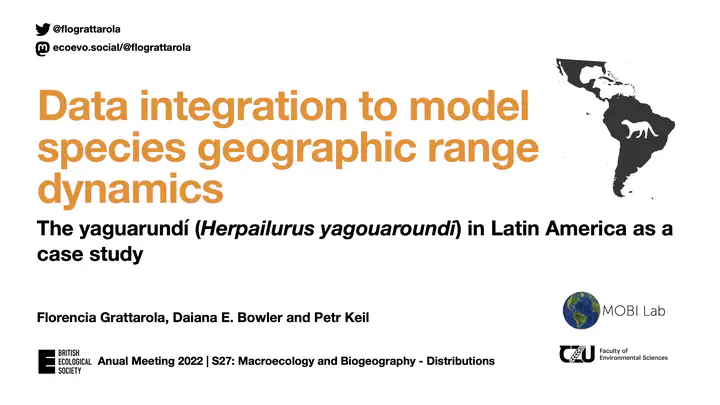Data integration to model species geographic range dynamics. The yaguarundí (Herpailurus yagouaroundi) in Latin America as a case study

Anthropogenic changes such as land use and climate change affect species’ geographic ranges, causing range shifts, contractions, or expansions. Yet data on range dynamics are insufficient, heterogeneous, and spatially and temporally biased in most regions. Using data on presence-absence and presence-only on the yaguarundí (Herpailurus yagouaroundi), we modelled the species distribution at two time periods (2000-2013 and 2014-2021) using a Bayesian model based on Poisson point process in JAGS. We found that between the two time periods, the yaguarundí has contracted its southern and northern range limits towards the equator but expanded its area of distribution over the entire species’ range. Also, our results show that modelled geographic range is not entirely consistent with the current expert range map from IUCN. To our knowledge, this is the first application of the integrated species distribution modelling (IDM) approach with temporal dimension and over the entire species’ geographic range.